Procedures
Ultrasound Guided Shoulder Injections
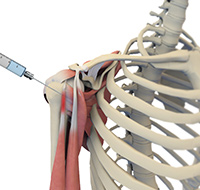
An ultrasound is a common imaging technique that employs high frequency sound waves to create images of organs and other internal structures of the body. These images provide valuable information of underlying pathology of the tissues and assists with diagnosis and planning the treatment of a condition. Ultrasound provides a clear view of the organs, tendons, muscles or joints and any associated disorders.
Shoulder Arthroscopy
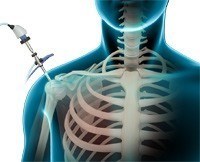
Arthroscopy is a minimally invasive diagnostic and surgical procedure performed for joint problems. Shoulder arthroscopy is performed using a pencil-sized instrument called an arthroscope. The arthroscope consists of a light system and camera to project images onto a computer screen for your surgeon to view the surgical site. Arthroscopy is used to treat disease conditions and injuries involving the bones, cartilage, tendons, ligaments, and muscles of the shoulder joint.
Arthroscopic Rotator Cuff Repair
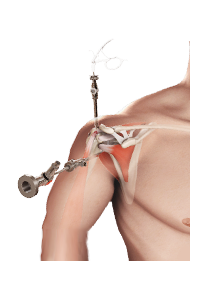
The rotator cuff is a group of tendons in the shoulder that provide support and enable a wide range of motion of the shoulder joint. Major injuries can cause rotator cuff tears. A rotator cuff tear is one of the most common causes of shoulder pain in middle-aged adults and older individuals.
Shoulder Labrum Reconstruction
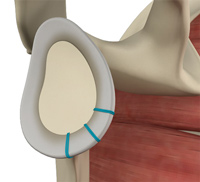
The shoulder joint is a ball and socket joint. A 'ball' at the top of the upper arm bone (the humerus) fits neatly into a 'socket', called the glenoid, which is part of the shoulder blade (scapula). The labrum is a ring of fibrous cartilage surrounding the glenoid, which helps in stabilizing the shoulder joint. The biceps tendon is attached inside the shoulder joint at the superior labrum of the joint. The biceps tendon is a long cord-like structure which attaches the biceps muscle to the shoulder and helps to stabilize the joint.
Shoulder Stabilization
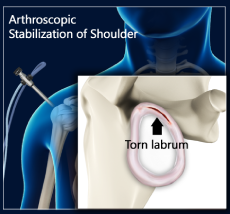
When conservative treatment options such as medications, rest, and ice application fail to relieve shoulder instability, your surgeon may recommend shoulder stabilization surgery.
Shoulder Joint Replacement
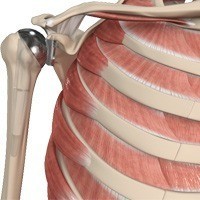
Total shoulder replacement surgery is performed to relieve these symptoms. In this surgery, the damaged articulating parts of the shoulder joint are removed and replaced with artificial prostheses. Replacement of both the humeral head and the socket is called a total shoulder replacement.
Reverse Shoulder Replacement

Reverse total shoulder replacement is an advanced surgical technique specifically designed for rotator cuff tear arthropathy, a condition where the patient suffers from both shoulder arthritis and a rotator cuff tear.
Minimally Invasive Shoulder Joint Replacement
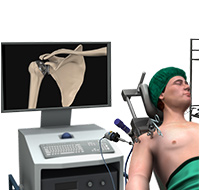
Shoulder joint replacement is a surgical procedure to replace damaged bone surfaces with artificial components to relieve pain and improve functional ability in the shoulder joint. Shoulder joint replacement can be done by a traditional "open" approach or through a minimally invasive approach. The incision in minimally invasive shoulder joint replacement is about 5 cm compared to 17 cm with the traditional approach. Other benefits of minimally invasive surgery include less damage to the soft tissues and underlying muscles enabling a faster recovery with less pain and a smaller scar. Blood loss during the surgery is also less and complications after the surgery are fewer when compared to the open technique.








